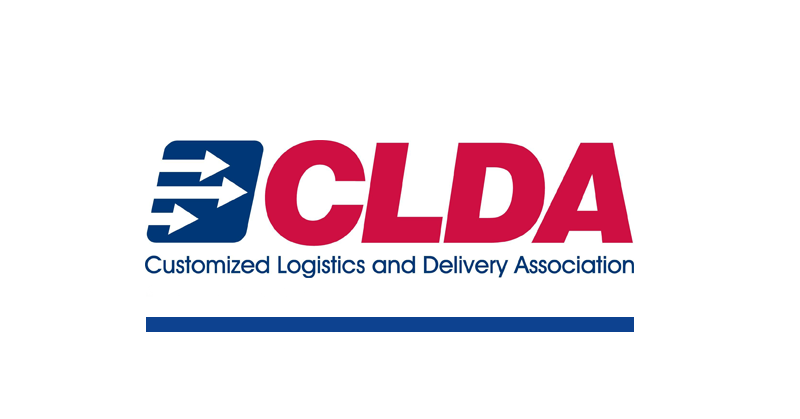On January 1, 2021, the transportation industry will arrive at the finish line of the peak delivery season. The rapid growth in e-commerce that we have been experiencing today and anticipating for peak will have finally arrived in full force.
The huge surplus of residential packages experienced currently is brought to you by the forced consumer mindset change of the 2020 Coronavirus (COVID-19) pandemic. Before the pandemic, the vast majority of consumers who purchased groceries, household supplies, clothes, and other goods made these transactions in person at brick and mortar stores. The pandemic forced consumers to shift their mindset and opened the gates of e-commerce further with online shopping sky rocketing.
This mindset shift built the foundation for the transportation industry and e-commerce to increase customer comfort with online shopping by appealing to consumers’ expectations of free, fast, and flexible shipping options by retailers. Everything from housewares to cleaning supplies is now being purchased online. The impact this created in the transportation industry pertaining to Business to Consumer (B2C) residential deliveries has never been seen before. All existing delivery networks are strained. That’s because businesses, historically have only prepared for residential delivery to grow based on previous peak season trends. With residential delivery growing to its current magnitude during this pandemic; networks will not be able to handle the added surplus of volume from holiday purchases.
The War for Drivers and Frontline Employees Begins
The larger conglomerate transportation organizations that we are all familiar with are an easy and natural partnership for retailers because they meet the consumers expectation of regular notification of their product, fast delivery, and easy return processes. However, while retail foot traffic has diminished as a result of COVID, that traffic has moved to big transportation warehouses that can support the influx of volume from the retailers. This creates a significant demand for third party logistics (3PL) and global fulfillment services. In a world where retailers are looking for solutions, they will find, for the first time, in a long time, that the big conglomerate transportation organizations will not be able to fulfill their expectations without partnerships among smaller 3PLs.
The resources required to meet this new customer demand will create a full-fledged war for drivers and frontline employees. Smaller 3PLs will need to adjust their operations and partner with the larger transportation companies.
With a shrinking talent pipeline, organizations must adapt in order to win the war. Organizations will not be able to sustain the necessary talents required for their inbound and outbound logistics operations. The delivery and pickup driver resources required to meet this demand do not exist within these organizations. They will have to tap into every partnership option available. The biggest opportunity for organizations is to tap into the second largest generation after the Baby Boomers, the millennial generation. By 2025, Millennials will make up 75% of the US workforce, so dealing with their expectations will be critical for organizations that want to be successful.
The millennial generation has different expectations of their employers and many of those revolve around diversity and inclusion. Organizations that are not currently equipped to meet those expectations will suffer. It will not be an option to treat millennial employees like previous generations. The millennial generation is looking for an organization with a vision, culture, and policies that fit their needs, not the other way around. And a key part of those expectations revolves around inclusivity.
How to Build an Inclusive Workforce
As a millennial and a minority who previously worked for a Fortune 50 company, I have had personal experience looking for characteristics and behaviors of an employer that were not present. My personal experiences ignited a passion for creating an inclusive workforce for those currently working and those yet to enter the workforce. As a doctoral researcher, I developed a set of best practices for organizations to follow and implement to achieve an inclusive workforce for millennials:
- Review and assess organizational policies and procedures for inclusivity. Ensure that your performance reviews are fair and unbiased, your promotional procedures are fair and equitable, and your policies are family friendly.
- Update hiring practices to include information regarding the service and value proposition of the organization in the job posting documents. Millennials look for an organization with values that align with theirs and senior leaders who walk and talk the organizational values.
- Enhance professional accountability and development; train management within the organization on topics such as diversity and inclusion, biases. After training your senior leadership and managers, create a plan to train your organization on how to leverage the benefits of diversity and inclusion to have an inclusive culture.
Inclusivity = Ability To Meet Demand
In 2021, the transportation industry can expect to face increased demand and staffing shortages. The answer is adjusting operations, participating in partnerships that have not been present before and the attraction and retention of the millennial generation as a result of creating an inclusive environment. CLDA
***
Smith, C., & Turner, S. (2015). The radical transformation of diversity and inclusion: The millennial influence. Deloitte University Leadership Center for Inclusion, Deloitte LLC
Souffrant, D. (2020). Beyond diversity to inclusion; fostering an inclusive workforce for millennials.



Recent Comments